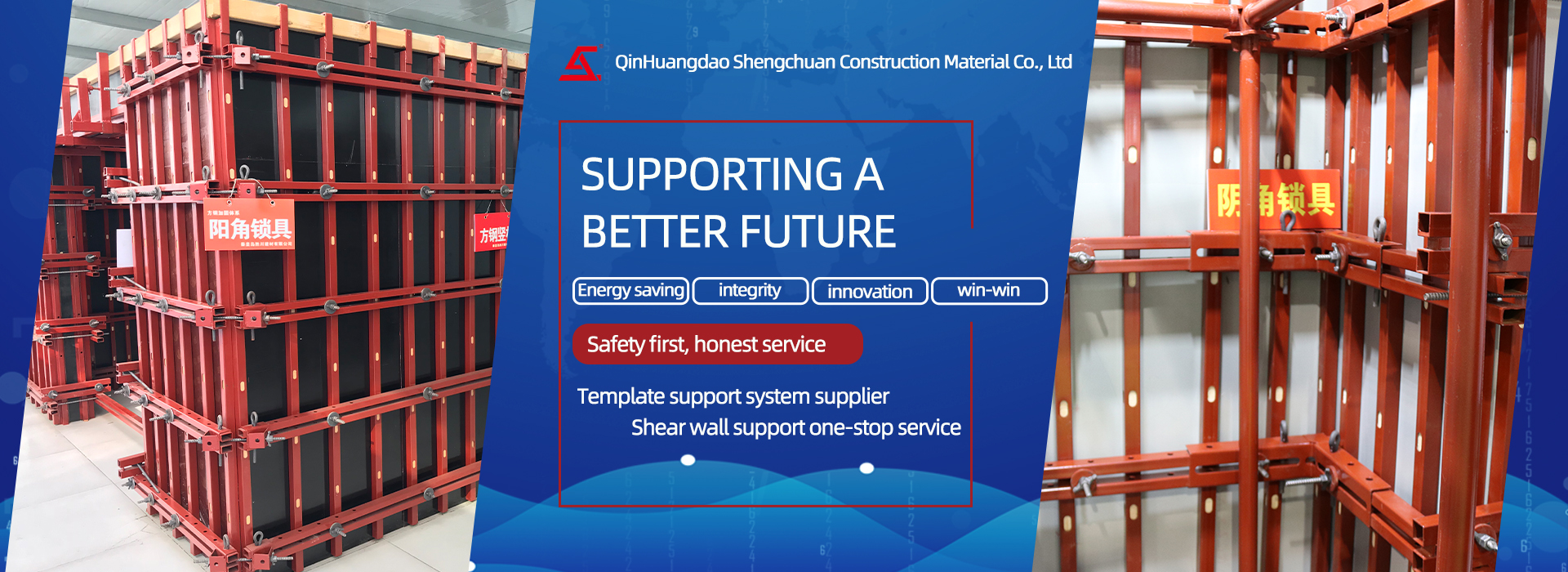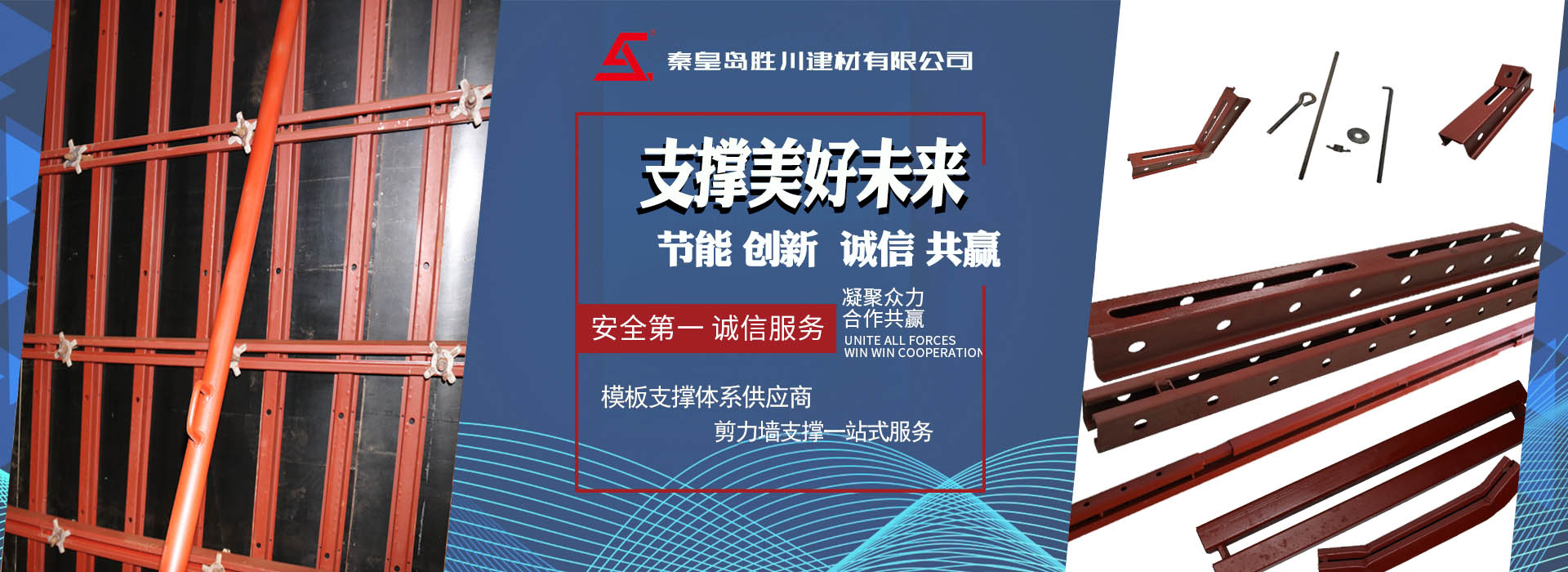
What are the forms of formwork support
1、 Classification of templates
Divided by materials: wood formwork, bamboo formwork, steel wood formwork, steel formwork, plastic formwork, cast aluminum alloy formwork, FRP formwork, etc.
Divided by process: there are combined formwork, large formwork, sliding formwork, climbing formwork, permanent formwork, flying formwork, formwork shell, etc.
Composition of formwork system: including formwork plate and support. The formwork plate is composed of panel, secondary rib, main rib, etc. The support has different forms such as support, truss, tie rod and split bolt.
2、 Type of formwork
Combined formwork
Combined formwork is a kind of tool shaped formwork, which is composed of several types of plates, angle formwork, supports and connectors with a certain modulus. It can be assembled flexibly, and can be assembled into a variety of sizes and geometric shapes. It has strong versatility, and can meet the construction needs of beams, columns, plates, walls, foundations and other components of various buildings. It can also be assembled into large formwork, tunnel formwork and abutment formwork.
Combined steel formwork
The steel shaped formwork is composed of frame, panel and transverse rib. The panel is 2.3 ~ 2.5mm steel plate. The formwork types mainly include plane formwork, internal corner formwork, external corner formwork and connecting formwork. The connecting parts mainly include U-shaped clamp, hook bolt, split bolt and fastener. The one-time investment of steel formwork is large, and it needs to be reused for many times to have economic benefits. The labor intensity of workers is high, and it is difficult to recover and repair. Steel stereotyped formwork has been gradually less used.
Steel wood stereotyped formwork
The panel is changed from steel plate to plastic bamboo plywood, fiberboard, etc. its self weight is 1/3 lighter than the steel formwork, and the amount of steel used is reduced by 1/2. It is an improved formwork with large investment and labor intensity for steel formwork.
Plastic covered bamboo plywood formwork
Plastic covered bamboo plywood formwork is a kind of formwork widely used at present. There are single-sided plastic coating and double-sided plastic coating, with specifications of 2440 ~ 1220mm and thickness of 10 ~ 12mm. The bamboo plywood formwork is tightly organized, hard and tough, and the board surface is flat
It is smooth, drillable and sawable, low temperature and high temperature resistant, and can be used for the construction of special formwork for cast-in-situ fair faced concrete.
Mold shell
It is a kind of tool formwork for reinforced concrete multi ribbed floor slab. The multi ribbed floor slab is composed of thin plates and closely spaced multi ribs, so the formwork assembly is difficult and uneconomical. Adopt plastic or glass fiber reinforced plastic according to the specification of multi ribbed floor
Inch processed into the required mold shell, it has the convenience of one-time molding and multiple turnover.
Permanent formwork
It is also called one-time consumption formwork, that is, it will not be removed after the pouring of the cast-in-place concrete structure. Some formwork and the cast-in-place structure are overlapped to form a common stress-bearing component. Permanent formwork is divided into profiled steel plate and reinforced concrete thin plate, which are mostly used for cast-in-place reinforced concrete floor (roof) slab. Permanent formwork simplifies the formwork erection process of cast-in-place structure, improves labor conditions, saves formwork removal labor, accelerates the project progress and improves the project quality.
Aluminum mold
Aluminum formwork, fully known as aluminum alloy formwork system for construction. It is a new generation of new formwork support system after bamboo formwork and steel formwork. The application of aluminum formwork system in the construction industry has improved the overall construction efficiency of the construction industry, including great savings in building materials and manual arrangement.




 Jgw Anbei No. 13032202000134
Jgw Anbei No. 13032202000134


